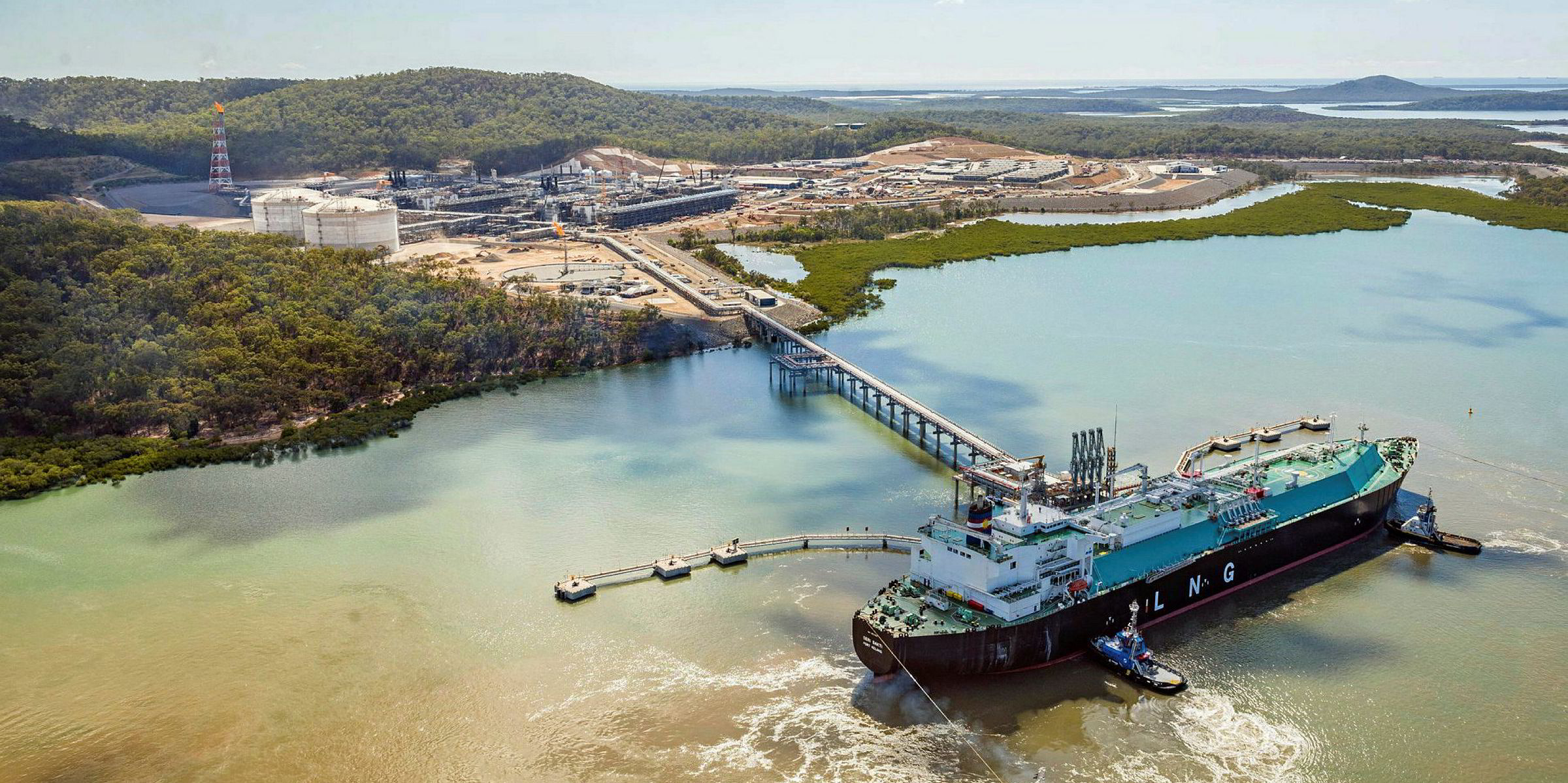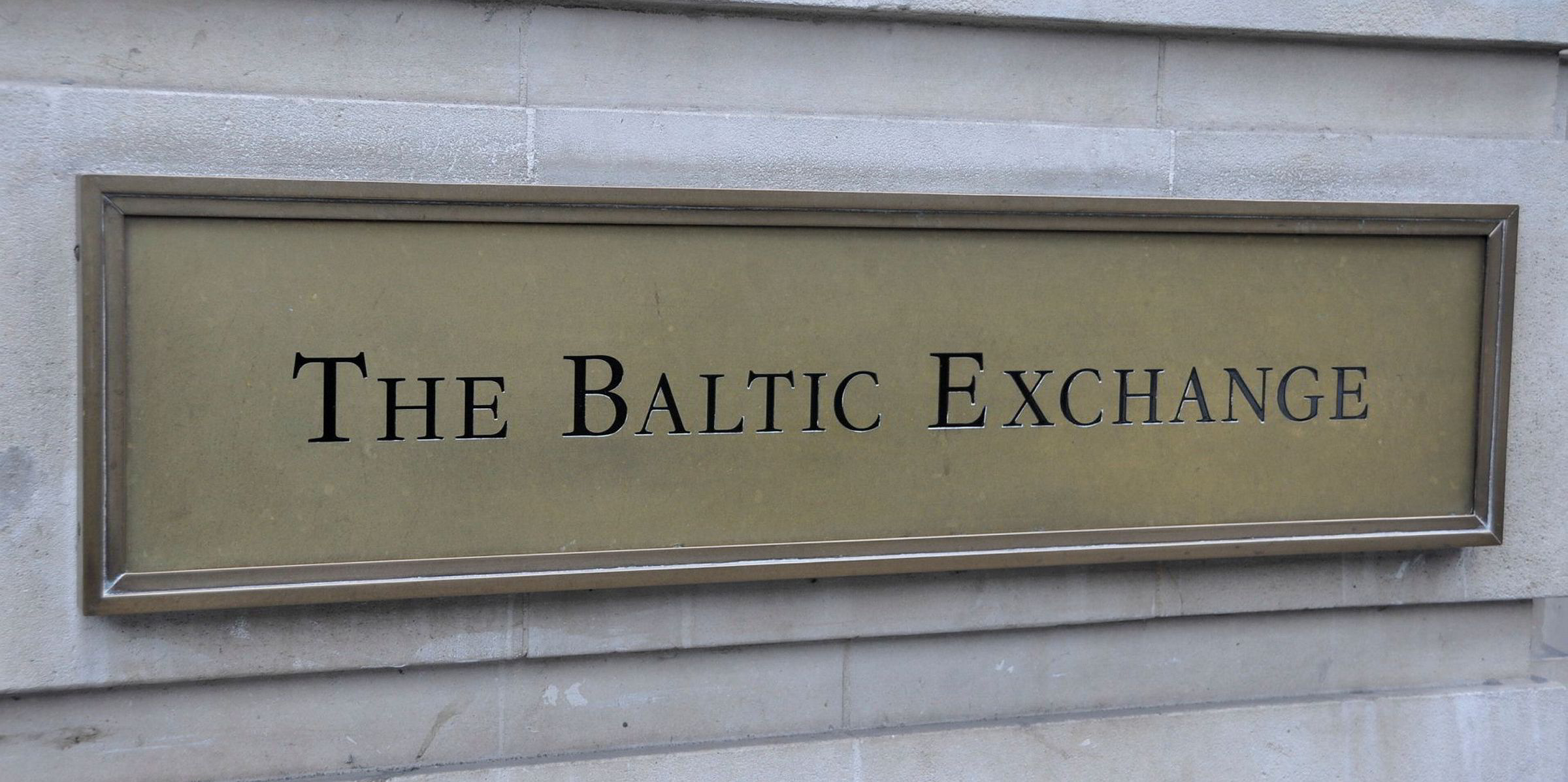Market volatility caused by IMO 2020 has boosted liquidity in forward freight agreement (FFA) trading, with shipowners and charterers seeking to mitigate financial risks and speculators finding opportunities to profit.
Based on the Baltic Exchange’s estimates, 1.29m lots were traded in the dry bulk FFA market in the year to 25 November — a year-on-year gain of almost 16%.
In the wet bulk FFA market, trade volume grew by nearly 53% year on year to 437,000 lots.
With most of the global trading fleet needing to switch to the more expensive 0.5%-sulphur fuel next month, many market participants expect wide price swings in freight markets due to uncertainty over how shipowners will pass the increased fuel costs on to charterers.
“We generally see increases in freight market volatility bring a matching increase in FFA volumes,” SSY Futures senior director Duncan Dunn told TradeWinds. “In simple terms, the riskier the freight market, the more FFA trading goes on.
“The majority of the participants in the FFA market are there because they have an underlying business in the freight market and real exposures.
“We also attract investors with a global perspective who see opportunities in the freight market, which often complements their wider investment strategy.”
Sharing similar views, Clarksons Platou Futures FFA broker Tom Stockton said: “Freight rate volatility brings both speculators and hedgers to the market.
“We have seen an influx of new and returning players over the last 12 months and expect that trend to continue.”
Until recently, it was rare for FFAs to trade out further than the next calendar year
Clarksons Platou Futures FFA broker Tom Stockton
Stockton said a record 75,009 tanker FFA contracts changed hands in October, when spot VLCC earnings spiked above $300,000 per day.
“That has led to the market going into 2020 with more open interest, across more routes than at any time since all trades were cleared,” he said.
With some players expecting the disruption from IMO 2020 to last for years, Stockton said there are even some volumes for 2022 tanker FFA contracts. “Until recently, it was rare for FFAs to trade out further than the next calendar year,” he said.
In the dry FFA market, Freight Investor Services founder and managing director John Banaszkiewicz observed that the requirements in hedging bunker costs on the main capesize routes are lifting trading volumes.
Based on bunker prices and freight rates in late November, the cost of IMO 2020-compliant fuel would account for 56% of the Brazil-China capesize rate and 43% of the Australia-China rate.
In comparison, the cost of high-sulphur fuel oil (HSFO) — the benchmark bunker grade pre-2020 — would amount to 25.9% of the Brazil-China rate and 15.4% of the Australia-China rate.
“It’s easy to see that there will be lots of volatility and trading opportunity to come,” Banaszkiewicz said.
The IMO will allow vessels fitted with scrubbers to continue consumption of HSFO when the new sulphur cap comes into force, complicating market dynamics.
FFA contracts are generally settled against the indices published by the Baltic Exchange, which has decided to evaluate freight rates based on 0.5%-sulphur bunker costs next year and not to publish separate time charter equivalent (TCE) assessments for scrubber-fitted tonnage.
The FFA Brokers’ Association, which works closely with the Baltic, believes separate settlement mechanisms would undermine liquidity.
However, some market participants suggested the Baltic’s decision would prompt owners with scrubber-fitted vessels to find more financial instruments, such as fuel oil swaps, to hedge their risks associated with bunker costs.
To fill the gap, Platts has started to publish TCE assessments for scrubber-fitted and non-scrubber bulkers from November, and could do so for tankers in the future. Argus Media is considering similar moves.
However, as many scrubber retrofit projects will only be completed in 2020, the two-tier market may still take several quarters to be fully developed.
‘Liquidity is everything’
FFA players said they would need more time to determine whether bespoke freight indices for scrubber-fitted tonnage are actually needed.
“We are in a time and place when the outcome is not seen yet,” said one owner with FFA exposure. “There will be an adjustment period.”
Dunn said: “Counter-intuitively, risk takers are often very conservative about where they place their bets and may need a lot of convincing before they move away from the Baltic indices, which bring the significant benefit of being an established and relatively liquid solution. Liquidity is everything in futures.”






